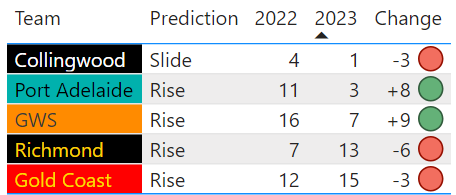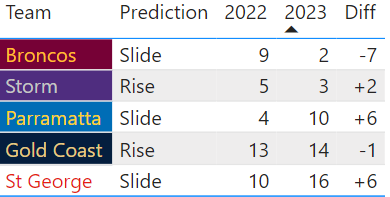Harmful Pesticide Usage in the US - Visualisation
This week we welcomed Sai Diwakar Bhrugubanda to the White Box team. Sai has kicked things off with an interesting visualisation on the usage of harmful pesticide ingredients in the United States, relative to their respective usage in other countries including China, Brazil as well as the continent of Europe.
Context
The United States of America (USA), European Union (EU), Brazil (BRA) and China (CHN) are the largest agricultural producers and users of agricultural pesticides in the world, accounting for more than 50% of all global agricultural production.
Comparing the inclination and ability of different regulatory agencies to ban or eliminate pesticides that have the most potential for harm to humans and the environment provides us with a glimpse into the effectiveness of each nation’s pesticide regulatory laws and oversight.
The Data Sample
Pesticide Action Network (PAN) International maintains a list of pesticides that are banned in various countries. However, because of drawbacks with the data the analysis was done independently of PAN international list. Despite this, many of the same sources were used.
The United States Geological Survey (USGA) National Water-Quality Assessment Project maintains an online resource of annual pesticide use estimates for all pesticides in USA agriculture from 1992 forward.
We proceeded to plot data points for a 25 year period, from 1992 - 2016, with the approval status of over 500 agricultural pesticides used in the USA compared with the number approved in the EU, Brazil and China.
Statistics
Comparing the list of 500 active pesticide ingredients used in agricultural application in the US since 1970, the following countries banned a large number of them:
Europe - 72 ingredients,
Brazil - 17 ingredients,
China - 11 ingredients ,
And at least one other country within the data set banned 85 ingredients.
Considering the great deal of banned ingredients among other countries compared to the US, the quantity of pesticide use is alarming - China being the greatest consumer whilst seemingly having the least stringent regulations on dangerous pesticides.
Consumption of Pesticides
More than 10% of the total pesticide use in the USA in 2016 was from pesticide ingredients either banned, not approved or of unknown status in Brazil, China and the EU, a huge figure considering the enormity of US agricultural production.
Discussion
Of the pesticides banned in at least two of these nations, many have been implicated in acute pesticide poisonings (poison exposure to a single dose / repeated small amounts of doses of pesticides) in the USA .
From 2000 – 2015 there were over 1000 pesticide illnesses in California alone (largest agriculture producing state by value), with up to 100 poisoning incidents in the USA each year.
Worryingly, there has been 1 death per year since 2012 as a result of pesticide poisonings. On top of this, from 1990 -2014, there were 27 deaths, as well as 22 high-severe and 181 moderate-severe cases of illness.
Specifically, the National Indicate for occupational safety and health indicate between 1998 and 2011 – 43% of insecticide related illness in the USA involved cholinesterase.
Over 45 million pounds of agriculture pesticide use in the USA comes from the 13 pesticide that are banned or in the process of being phased out in at least two of the three other agricultural nations.
However 10 of the 13 are either banned, being phased out, not approved of unknown status in all three.
Conclusion
Total pesticide bans remain the most effective way to prevent intentional or accidental exposure to highly hazardous pesticides and can catalyse the transition to safer alternatives . Surprisingly, the USA is lagging when it comes to banning or phasing out pesticides that the top agricultural powers have identified as too harmful for use.
This is likely due to deficiencies in pesticide legislation in the USA. FIFRA gives the US EPA significant discretion on which pesticides it ultimately decides to cancel and makes the US EPA-initiated, non-voluntary cancellation process particularly onerous and politically fraught. This, in part, has led to an almost exclusive reliance on industry-initiated, voluntary cancellation of pesticides in the USA.
Without a change in the US EPA’s current reliance on voluntary mechanisms for pesticide cancellations, the USA will likely lag behind its peers in banning these harmful pesticides. Recent mitigation measures finalized by the US EPA, which include warning labels, extra training requirements and safer packaging standards that are fully supported by the pesticide industry, indicate that voluntary mitigations will likely be used in lieu of cancellations for at least some of these dangerous pesticides in the future.
This visualisation was created by Sai Diwakar Bhrugubanda.
For more fascinating visualisations and data stories, click here.
To keep up with all things data and White Box, follow us on our LinkedIn page.










